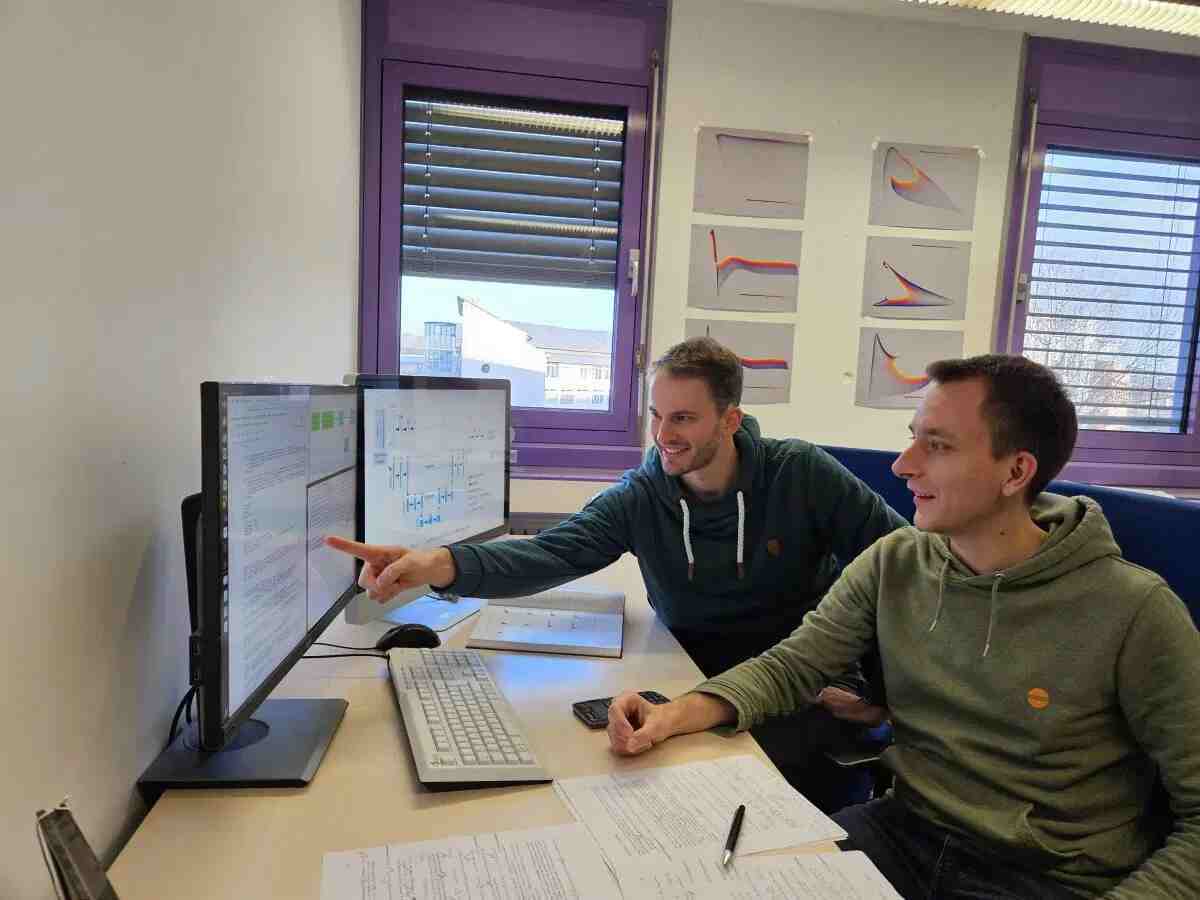BIOLOGY
Unlocking the secrets of the Universe: Mathematicians pioneer artificial intelligence in astrophysics

In Bayreuth, Germany, mathematicians at the University of Bayreuth are using artificial intelligence (AI) to explore astrophysics. Their innovative approach, utilizing a deep neural network and a state-of-the-art supercomputer, has revolutionized the understanding of galaxies and the behavior of our vast universe.
Dr. Sebastian Wolfschmidt and Christopher Straub, researchers at the Chair of Mathematics VI, are on a quest to uncover the structure and long-term behavior of galaxies. Recognizing the limitations of astronomical observations, they turned to mathematical models based on Albert Einstein's theory of relativity. These models take into account the presence of black holes at the center of galaxies, providing a more comprehensive understanding of gravity as the curvature of four-dimensional spacetime.
For decades, mathematicians and astrophysicists have scrutinized these intricate galaxy models, however, many questions have remained unanswered. To address this challenge, Straub and Wolfschmidt employed a deep neural network, an AI technology inspired by the human brain, to decipher complex structures within vast amounts of astronomical data.
"The neural network can predict which models of galaxies can exist in reality and which cannot," explains Dr. Sebastian Wolfschmidt. The use of AI significantly speeds up the prediction process compared to conventional numerical simulations, allowing astrophysical hypotheses to be verified or disproven within seconds.
Their groundbreaking research, recently published in the prestigious journal Classical and Quantum Gravity, has opened new doors to unravel the universe's mysteries. Prof. Dr. Gerhard Rein, the head of research group at Chair of Mathematics VI, expressed enthusiasm for the potential impact of this breakthrough, stating, "The possibilities that AI presents us with are endless. We're only scratching the surface of what it can do."
These awe-inspiring calculations were made possible through the computational prowess of the supercomputer housed in the Keylab HPC at the University of Bayreuth. The collaboration with the Chair of Applied Computer Science II - Parallel and Distributed Systems has been vital in pushing the boundaries of how calculations are conducted in the world of astrophysics.
The implications of this research extend far beyond academia. The insights gained from the application of AI in astrophysics have profound implications for our understanding of the universe. Through this pioneering work, we are on the precipice of groundbreaking discoveries, potentially unlocking the secrets of our existence and the enigmatic cosmos that surrounds us.
However, as with any scientific breakthrough, it is important to consider diverse perspectives on the matter. While AI brings great potential, some experts caution against overly relying on machine learning algorithms and computational models. They stress the importance of complementing AI with traditional scientific approaches, such as observational data and empirical evidence. Striking a balance between technological innovation and traditional scientific methods will undoubtedly lead to more robust and comprehensive advancements.
In the face of skepticism, the research team is resolute in their mission to expand our understanding of the universe. Christopher Straub expresses his excitement and vision for the future, saying, "Since integrating machine learning into our research, we've made significant strides. Our deep neural network is just the beginning. We anticipate applying similar methods to explore other astrophysical phenomena."
As the boundaries of human knowledge continue to be pushed, the integration of AI into astrophysics has paved the way for new possibilities and perspectives. Through collaboration and the marriage of cutting-edge technology and human intuition, we inch ever closer to unlocking the mysteries of the universe, painting a richer tapestry of our existence in the cosmos.
